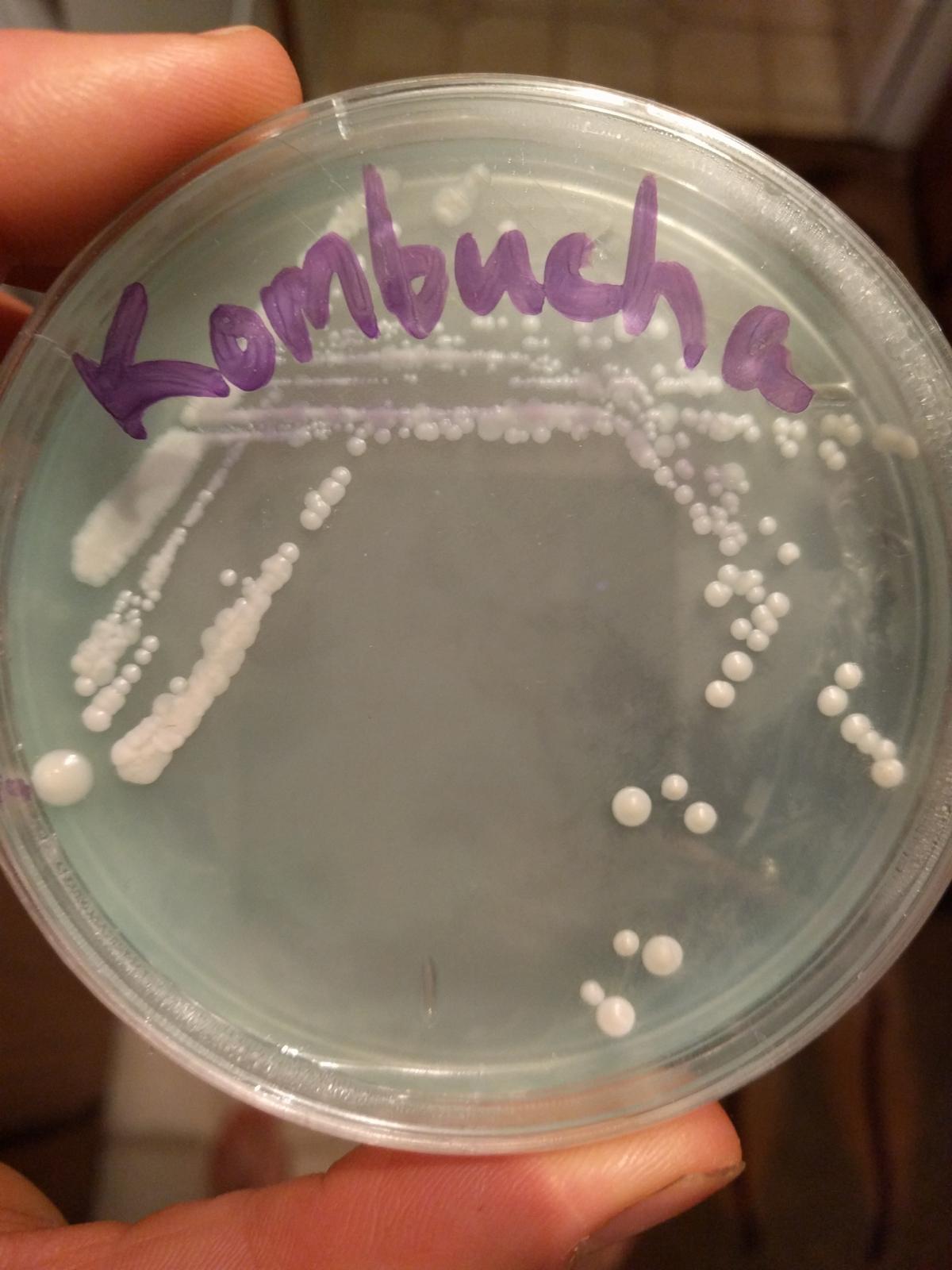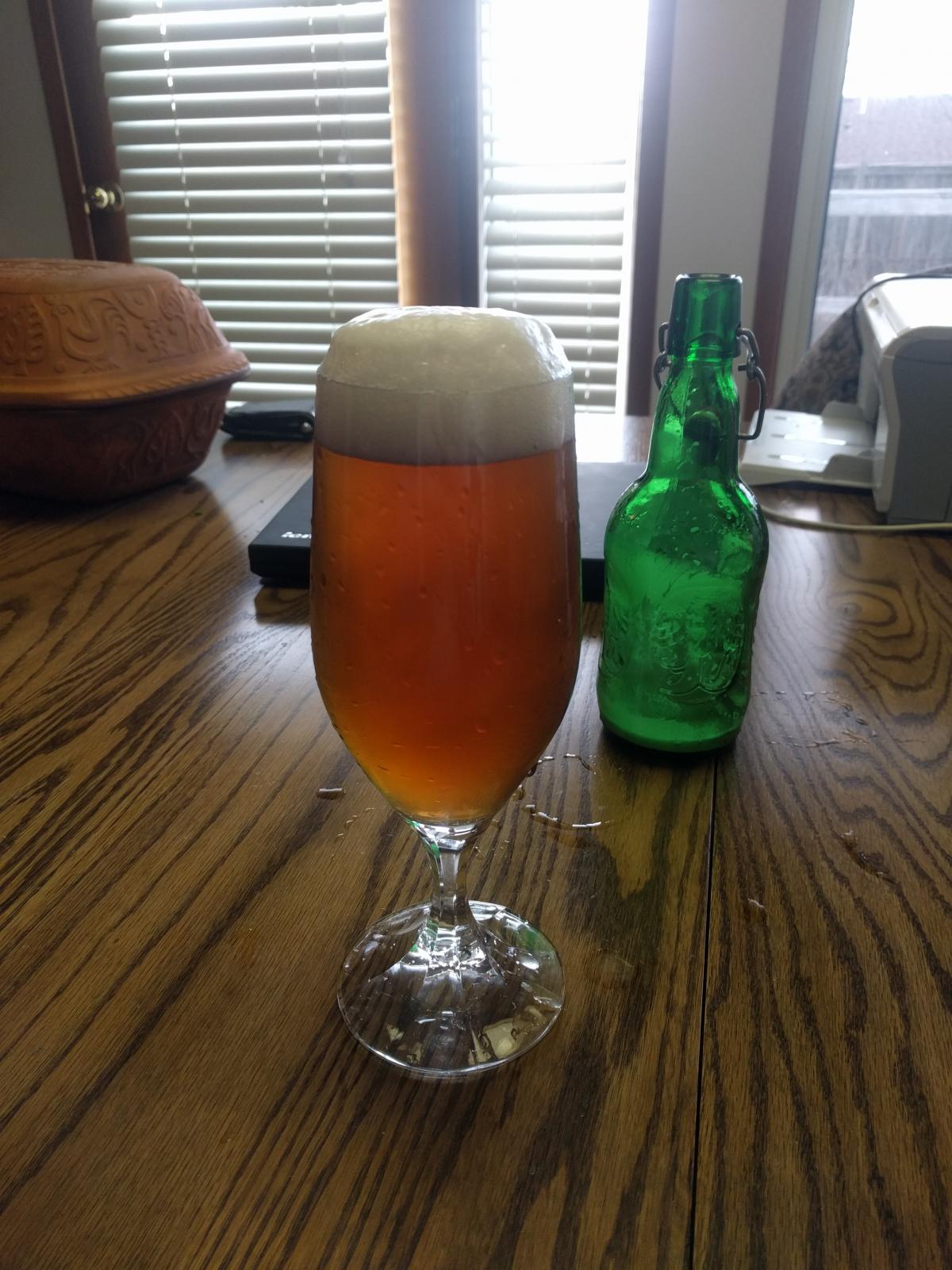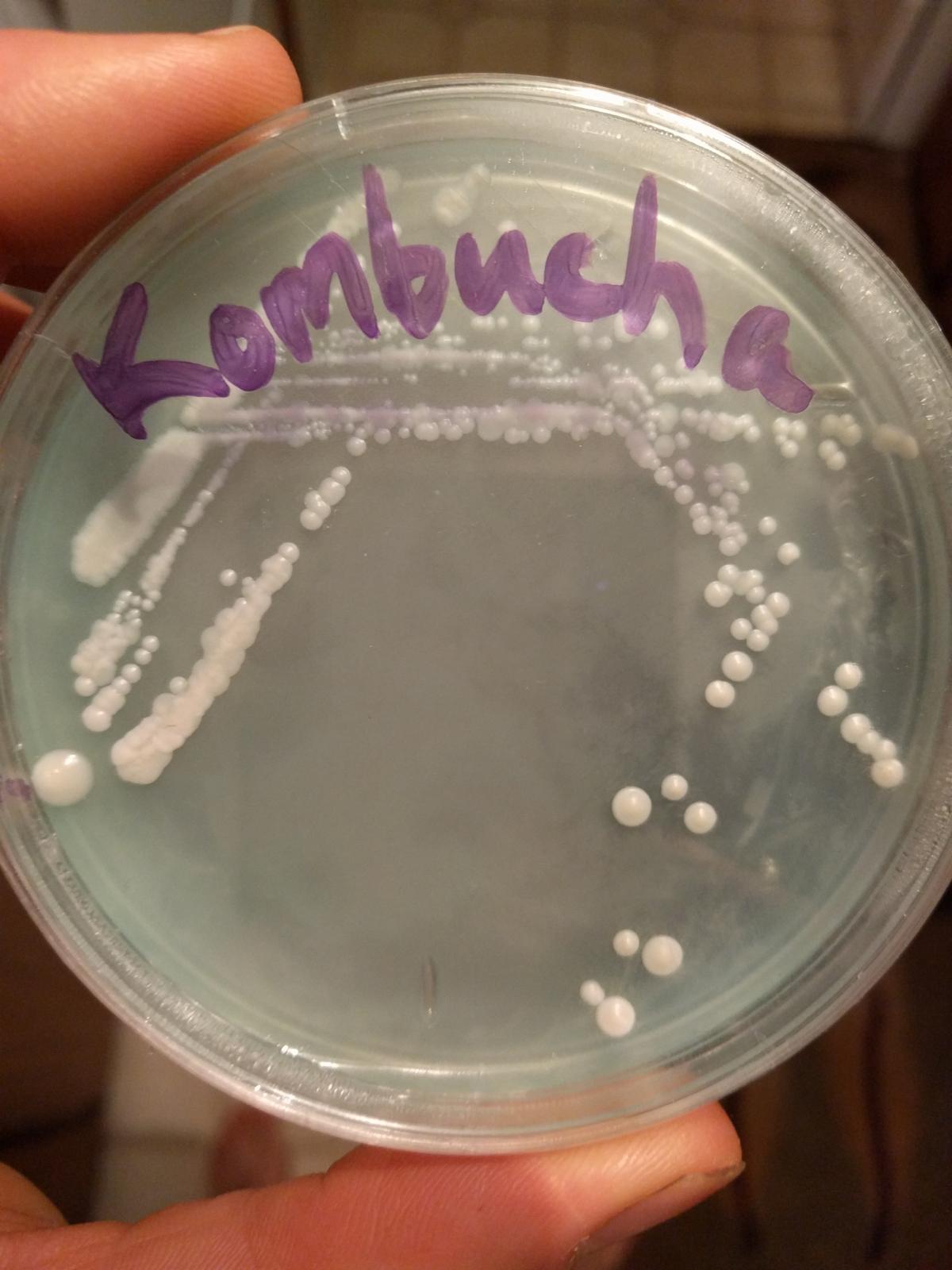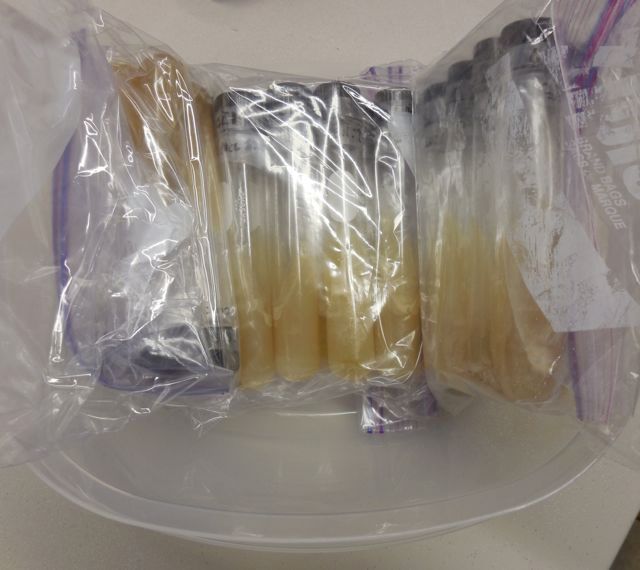Thedillestpickle
Active Member
I happened to find some agar agar at an Asian food store and decided to pour myself some agar plates... cool right?

Now I also managed to culture up yeast from a batch of kombucha and brew some really tasty beer with it. See here: https://www.homebrewtalk.com/showthread.php?t=569170
I wanted to test to see if there was any discernible amount of non-yeast organisms present in the final product, so I streaked an agar plate with some dregs from a bottle of that beer. As far as I can tell there is nothing other than yeast growing on that agar.
I've had really good results with this yeast, so is there any way I can improve/preserve/maintain this culture?
What are my options with this plate? Right now I am storing it in the fridge to stall growth.


Now I also managed to culture up yeast from a batch of kombucha and brew some really tasty beer with it. See here: https://www.homebrewtalk.com/showthread.php?t=569170
I wanted to test to see if there was any discernible amount of non-yeast organisms present in the final product, so I streaked an agar plate with some dregs from a bottle of that beer. As far as I can tell there is nothing other than yeast growing on that agar.
I've had really good results with this yeast, so is there any way I can improve/preserve/maintain this culture?
What are my options with this plate? Right now I am storing it in the fridge to stall growth.









































![Craft A Brew - Safale BE-256 Yeast - Fermentis - Belgian Ale Dry Yeast - For Belgian & Strong Ales - Ingredients for Home Brewing - Beer Making Supplies - [3 Pack]](https://m.media-amazon.com/images/I/51bcKEwQmWL._SL500_.jpg)



















